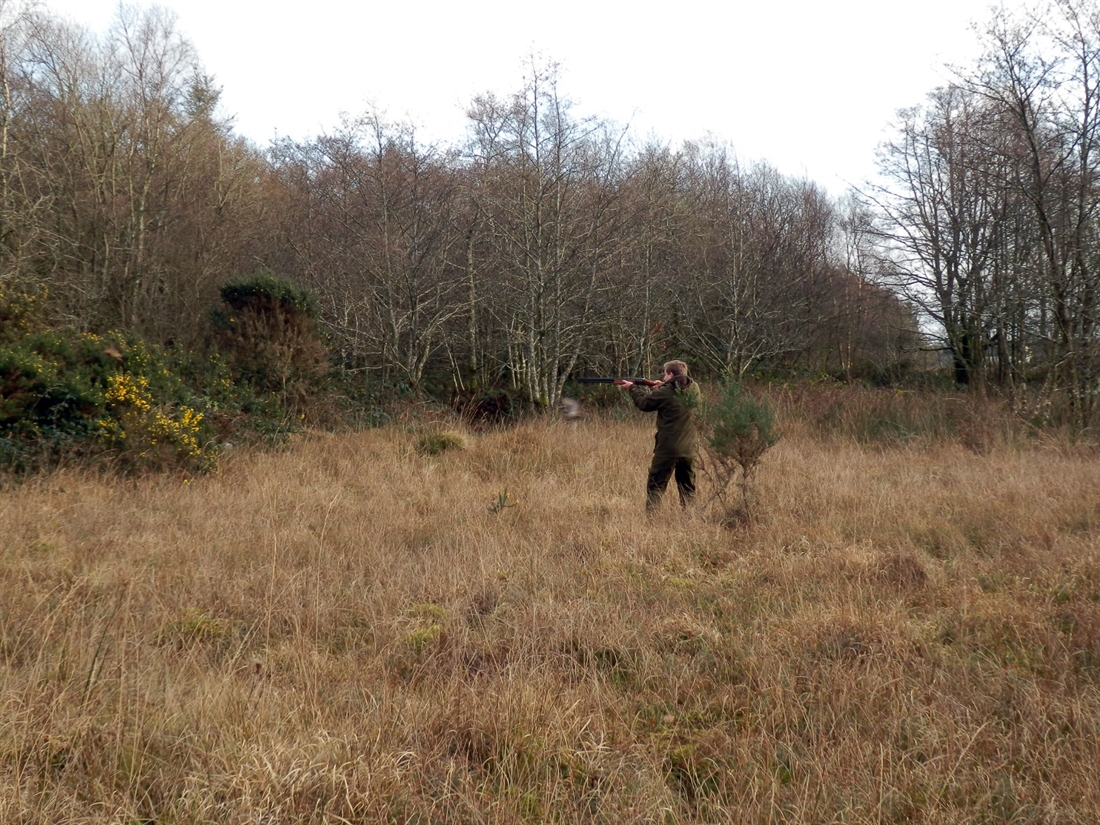When to shoot woodcock
Would a later start to the open season help our breeding woodcock population? Or should we back a ban on shooting them altogether? Conor O’Gorman takes a look into the world of these migratory and resident birds.

Before I discuss woodcock shooting and conservation I wanted to update readers on firearms licensing. Last month I used this column to encourage readers to contact their Police and Crime Commissioner (PCC), copying me in at conor.ogorman@basc.org.uk raising concerns about the resourcing and management of firearms licensing by their force.
So far one reader has acted on this, for Northumbia, and this is having a positive impact. The worst performing forces are: Cumbria, Devon & Cornwall, Dorset, Durham, Hampshire & Isle of Wight, Humberside, Metropolitan, Northamptonshire, Northumbria, Staffordshire & West Midlands. If your force is listed, please contact your PCC today.
Turning to woodcock, our resident breeding population is in decline and political pressure has been growing for the species to either be removed from the quarry list or the shooting season shortened.
Between 2003 and 2013, the national woodcock survey revealed a 29% drop in the number of breeding woodcock males, with the next survey taking place in 2023.
There are currently an estimated 57,000 breeding woodcock males in the UK, equating to a breeding population of roughly 180,000 individuals. Approximately 1.4 million individuals overwinter in the UK, arriving from mid-November onwards, mostly from Russia and Scandinavia.
The British Trust for Ornithology explains that the reasons for the decline are unclear but may include recreational disturbance, drying out of woodlands, increased browsing by deer, declining woodland management, and maturing of new plantations. The GWCT agrees and adds in ‘increased predation’ as another possible reason. The RSPB offers the primary reason as less habitat because conifer plantations have become too mature for woodcock to find open enough breeding areas.
There is no evidence that shooting is responsible for the decline in the breeding population but that is not to say that shooting might not be having an impact. Thus, as a cautionary measure, based on GWCT advice, BASC recommends the following to reduce the chance of shooting resident breeding birds:
- If you are certain no resident woodcock are present in the area then shooting of migratory woodcock can start without delay, although we recommend allowing them a week of good weather to recover from their journey before shooting.
- If you are unsure or know you have resident woodcock in the area then refrain from shooting woodcock until the majority of the migrant population arrives to reduce the chance of a resident bird being taken. As a guide, don’t shoot woodcock until late November.
- Woodcock are very site faithful, so even if no woodcock are resident in your area, you could still shoot yourself out of your own sport if you shoot too many of the visiting migrants. Once the migratory link is broken, it may never recover.
- Take care if you shoot woodcock flighting along woodland edges at dusk. It is very easy to overshoot an area this way and you may be shooting yourself out of your own sport.
- Many UK shooters will be aware of the severe weather protocols we have in place to protect ducks and geese after 14 days of prolonged severe weather. However, the evidence is now suggesting that woodcock may be particularly susceptible to cold weather, especially lying snow. You should stop shooting woodcock after 7 days with temperatures below freezing, or after significant snowfall, and allow the birds to recover for a week before starting shooting again.
The opportunity to shoot woodcock sustainably provides the incentive for shoots to maintain conservation work for the species, providing habitats for resident breeding birds and over-wintering birds. The shooting community has the greatest incentive to preserve woodcock numbers. Most of the research into the species has been funded by the shooting community.
Shooting pressure on the species is reducing with some shoots over the last two decades voluntarily deciding not to shoot woodcock until late November or indeed not at all. Combined with growing levels of restraint, this suggests that shooting is not a population driver for resident birds.
With all of that in mind, BASC is opposed to changes in the shooting season or the removal of woodcock from the quarry list in the UK.





